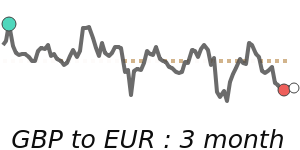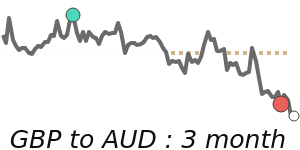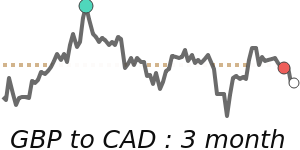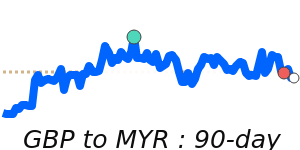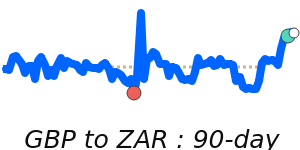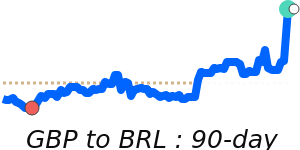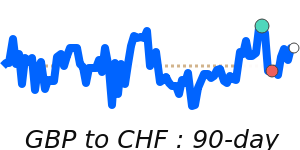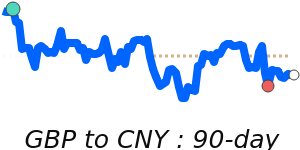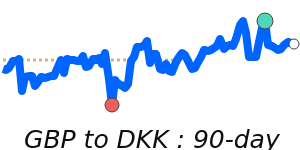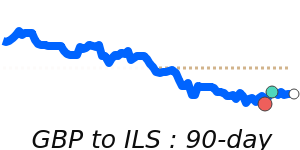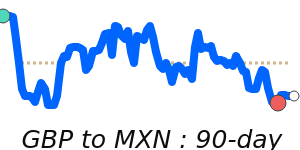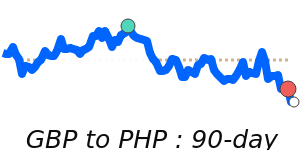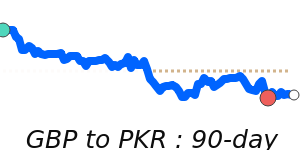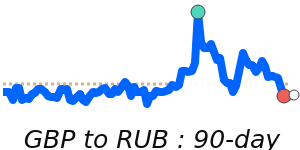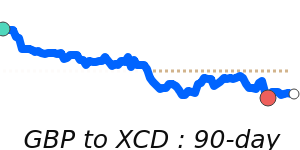The British Pound (GBP) has demonstrated notable resilience in recent trading sessions, particularly after the Bank of England (BoE) decided to keep interest rates on hold. The Monetary Policy Committee's split decision, with a 5-4 vote favoring stability, has heightened speculation regarding a potential rate cut by the end of the year. As analysts pointed out, while this outcome was largely anticipated, it introduces uncertainty into future monetary policy, particularly as market sentiment remains influenced by Chancellor Rachel Reeves's upcoming autumn budget.
Recent performance data highlights the GBP's strength against the USD, reaching $1.3645 in response to expectations of distinct monetary policies between the BoE and the U.S. Federal Reserve. This has positioned GBP to achieve 7-day highs at approximately 1.3164, albeit still 1.9% below its 3-month average of 1.3417. The currency has traded within a stable 4.8% range from 1.3019 to 1.3646 over this period, indicating solid support against downward pressures.
Furthermore, upcoming tax increases and spending cuts revealed by Finance Minister Rachel Reeves for the November 26 budget are also critical for the GBP. This reinforces the need for close monitoring of economic growth indicators; the UK's modest 0.1% economic growth in August, following a slight decline in July, adds context to the current fiscal landscape.
As for the GBP's performance against the Euro, it stands at 1.1374, which is 1.1% beneath the 3-month average of 1.1498, while trading in a relatively narrow 2.4% range from 1.1340 to 1.1616. The GBP has also shown slight strength against the Japanese yen, trading at 202.0, just 0.7% above its 3-month average of 200.6 and maintaining a stable range from 197.9 to 204.7.
Inflationary concerns and the broader economic outlook suggest a "bumpy landing" ahead, with analysts projecting a potential rate cut by February 2026. Businesses and individuals engaged in international transactions should be mindful of these developments, as fluctuations in the GBP could directly impact conversion rates and overall costs in cross-border trade. Monitoring the evolving economic indicators and policy decisions will be essential for optimizing currency exchange strategies.

